|
More and more people are coming into the office seeking help with symptoms of Long-COVID.
What exactly is Long-COVID you ask? That is a great question and one that doesn’t really have a great answer. The mechanisms that cause Long-COVID are not yet well understood, it is a diagnosis used to describe a collection of symptoms that develop after a person is acutely infected with COVID-19. There is no way to predict who might develop Long-COVID, it can affect both those who become seriously ill, and those with initially mild infections. There is a wide range of symptoms associated with Long-COVID (the CDC lists some of them here) and those symptoms can vary in terms of severity and predictability as well. This variability and the lack of understanding around the causes of the disease mean that there are not very many cohesive treatment strategies for Long-COVID, which can be disheartening for people dealing with it. Fortunately for us, we don’t need to understand the mechanisms of Long-COVID to help its sufferers manage their symptoms and feel more resilient. One of acupuncture’s magical qualities is its ability to activate the parasympathetic nervous system, often referred to as our rest and digest state. It is the optimal state to be in if we are trying to reduce inflammation, promote healing and elevate mood. And while we might be biased on this one, we think community acupuncture is especially powerful for people who are dealing with chronic illness because feelings of isolation are known to have a big impact on how well we heal. The symptoms of post-covid we are most treating in the office are:
For anyone out there dealing with Long-COVID we encourage you to stay hopeful, and get empowered. Connect with others, gather information and get acupuncture!
2 Comments
There is fascial line from the pelvis to the jaw and this is created during embryonic development in the womb. On day 15 of conception an embryo forms two depressions – one becomes the mouth and the 2nd the opening of the urinary, reproductive and digestive tracts. These remain forever connected even as the spine develops and creates space between them. For many people this knowledge about the pelvic floor and jaw connection shifts their body awareness forever. They discover if they immediately ease up any tightness they’re holding often subconsciously at these two major points in their body the jaw and pelvic floor their whole body function improves Holding too much tension in the pelvic floor due to stress or excessive movement such as Kegels – can be a significant cause of incontinence or pelvic floor dysfunction often called a hypertonic pelvic floor.
Pelvic Floor or the Root Chakra in Eastern tradition, is tied to fear, especially around our families, well-being, money, and safety. This is fascinating when consider that too often we hold tension in the jaw as a way to repress anger, frustration and fear–you can see how important this connection is. Are you noticing a connection between one or both, if so pay attention to where you are holding tension and learn how to address these biomechanics of your body that are affected both physically and mentally. To target these areas of the body we use a combination of acupuncture, dry needling, gua sha and fascia release ⠀⠀⠀⠀⠀⠀⠀⠀⠀ A recent study out of Yale examined how one particular infection can trigger autoimmunity.
“Bacteria found in the small intestines of mice and humans can travel to other organs and trigger an autoimmune response, read more here.” Our standard testing protocol at San Francisco Integrative Medicine goes far beyond testing for just this bacteria identified in the study. The medical scientific community has now identified multiple infections related to autoimmunity, as well as ratios of healthy bacteria that when disrupted to trigger our own immune systems to attack us. In order to reverse and heal autoimmune disease the pathogenic infections need to be identified, cleared without disturbing normal flora, and a healthy biome supported. If you would like to take action on your autoimmune condition, schedule a phone consult to discuss your unique situation. In Health, Dr. Bezjak and Dr. Korian
What Can Cause BloatingFirst off its a good reminder that the fact that we eat food and have abdominal organs could alone be the reason bloating occurs. It's not normal to have a completely flat abdomen all day long while you're nourishing yourself properly with enough calories to sustain good health. A Few Daily Reasons Bloating Can Occur - If you notice that you get bloated after eating make sure you double down on these factors before jumping to any health conclusions.
The only REAL way to know if any of those factors are true for you is to work with a practitioner for educated insight and testing. (Pssst - Dr. Bezjak specializes in this!) Easy Steps to Reduce Bloating
If you still need some help and guidance after implementing these tips, book a 15 min complimentary phone consult to see how functional medicine can address bloating and other digestive complaints
Good and Bad Cholesterol |
Archives
December 2023
Categories
All
|
Proudly powered by Weebly
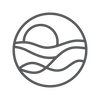
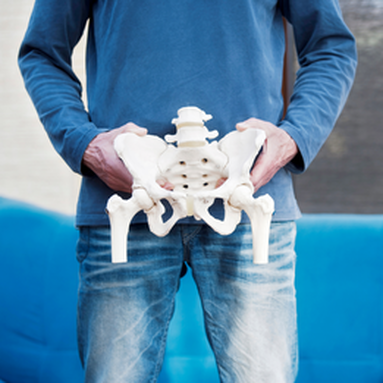
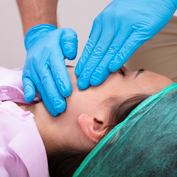
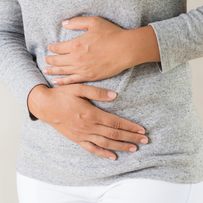
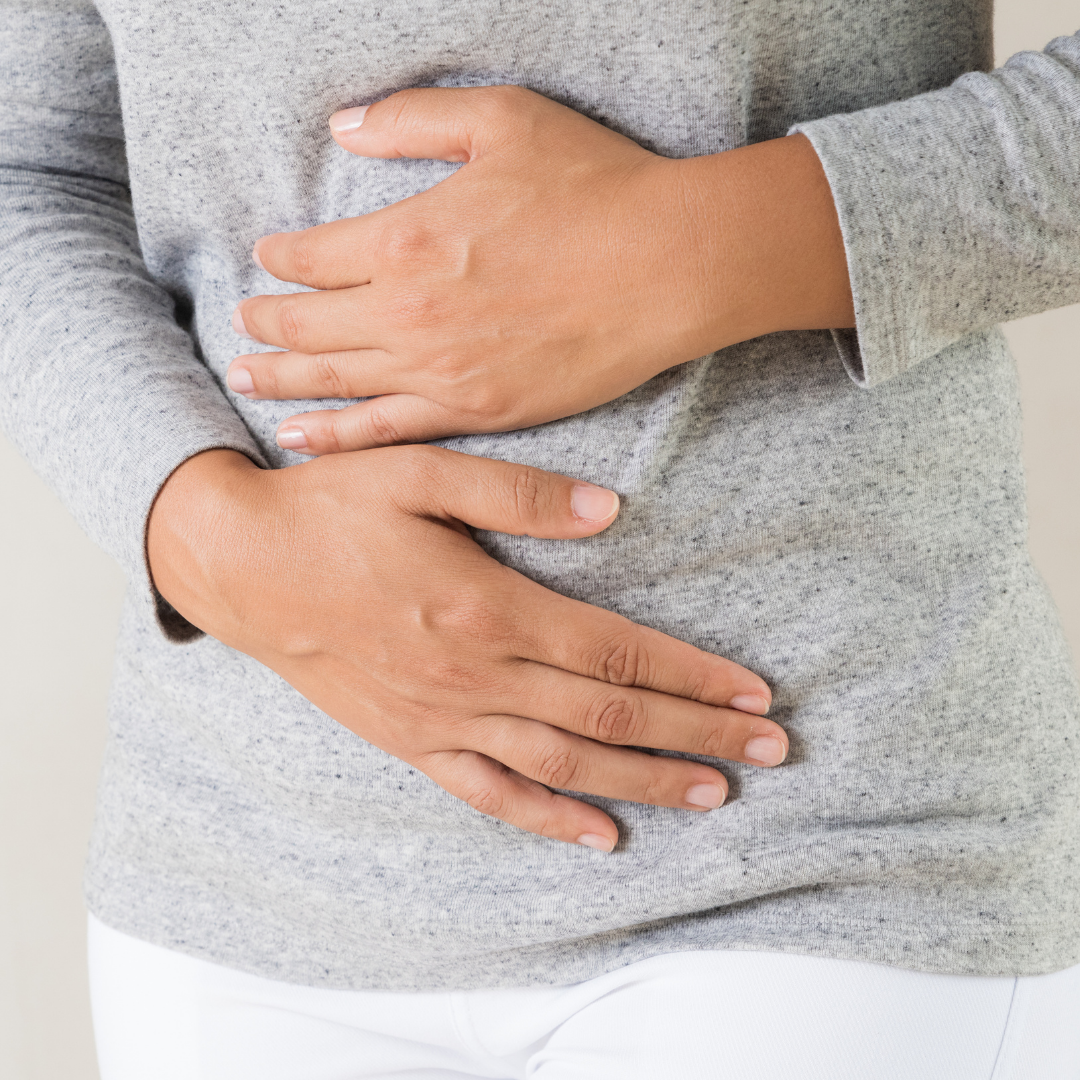
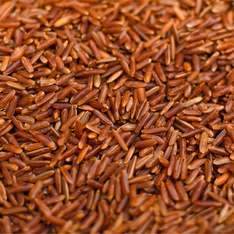
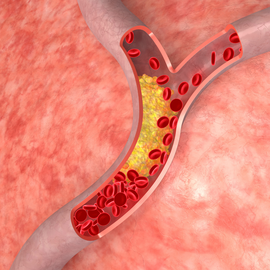
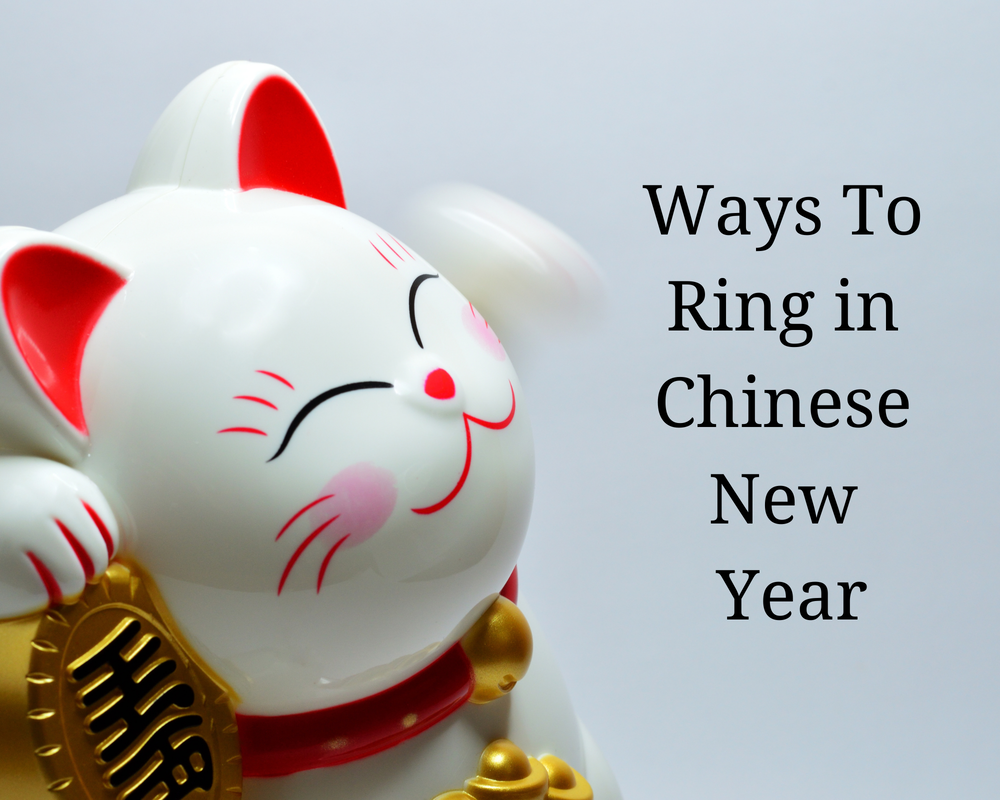

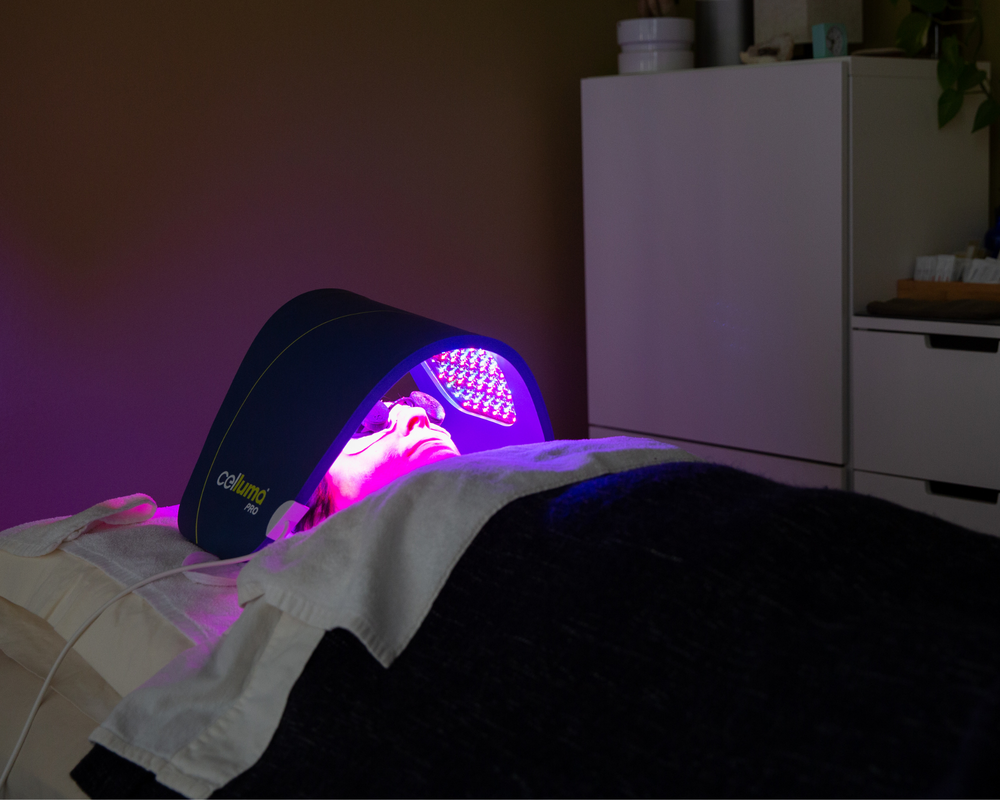
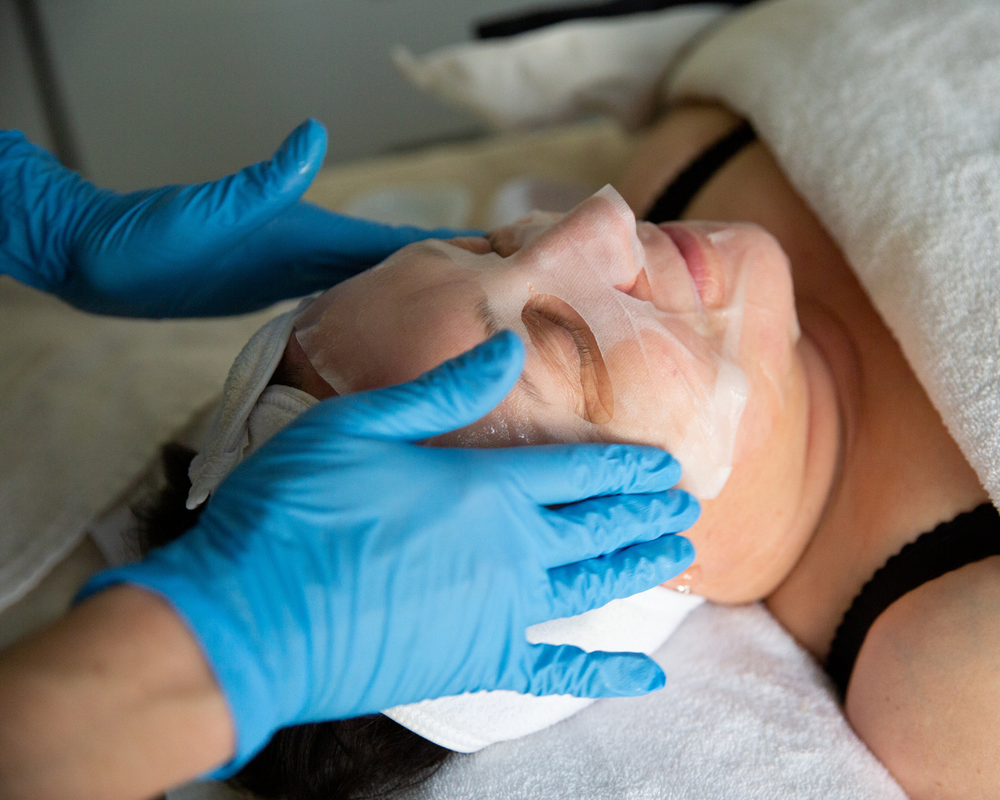
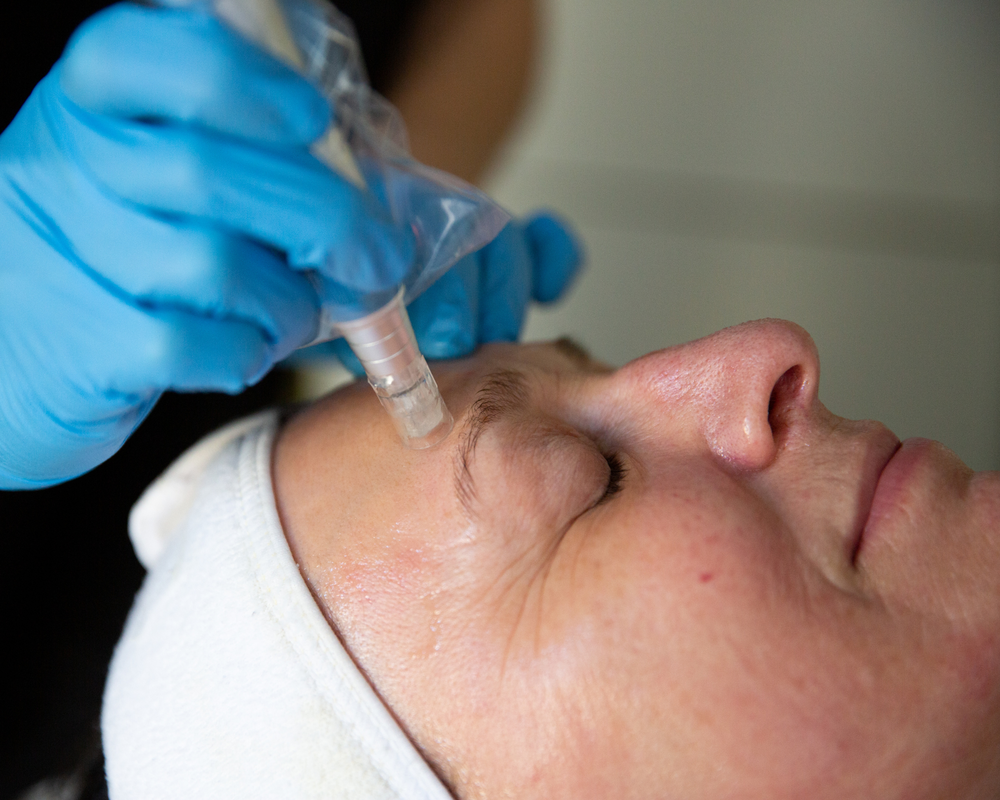
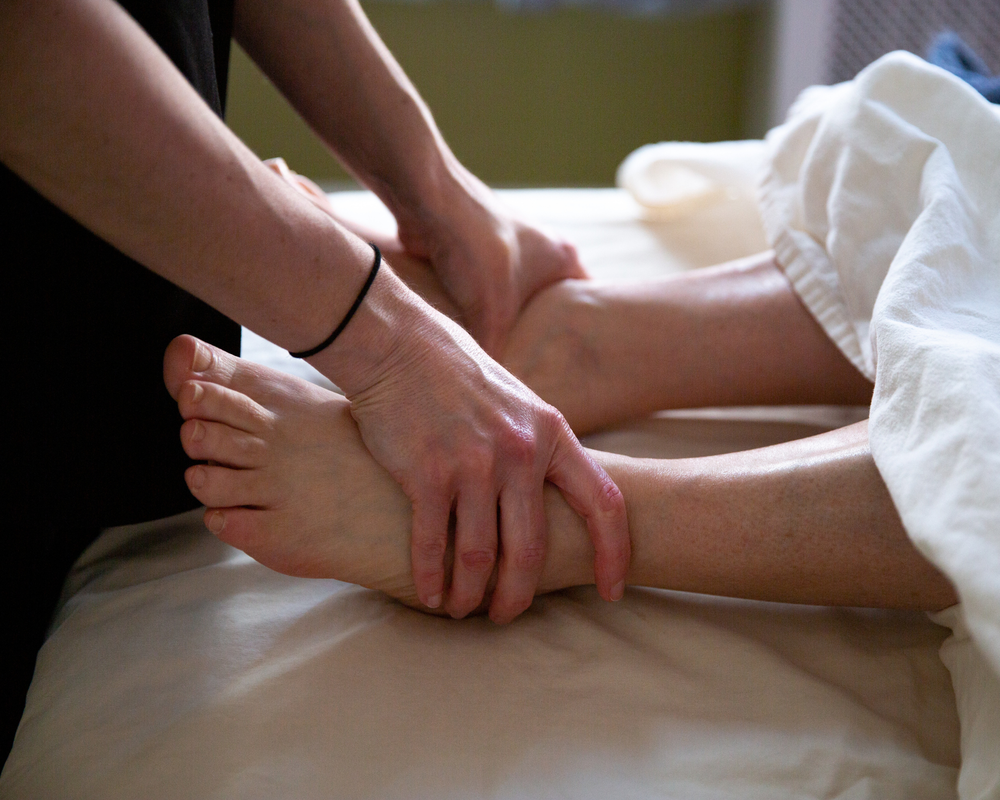



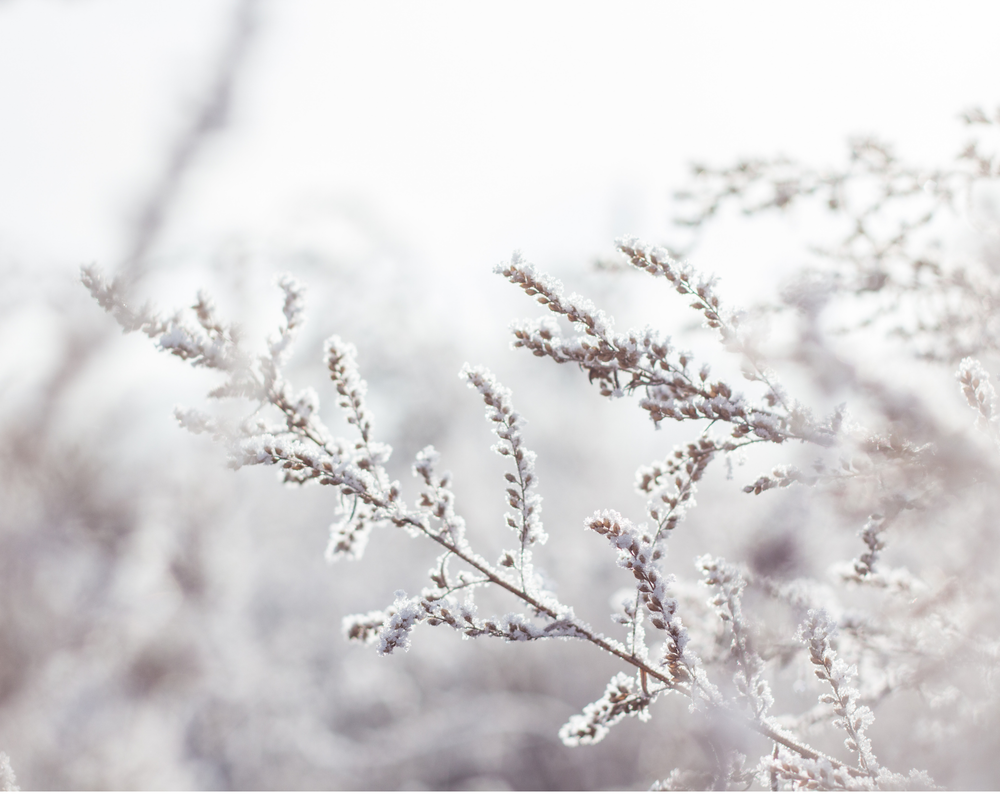

 RSS Feed
RSS Feed